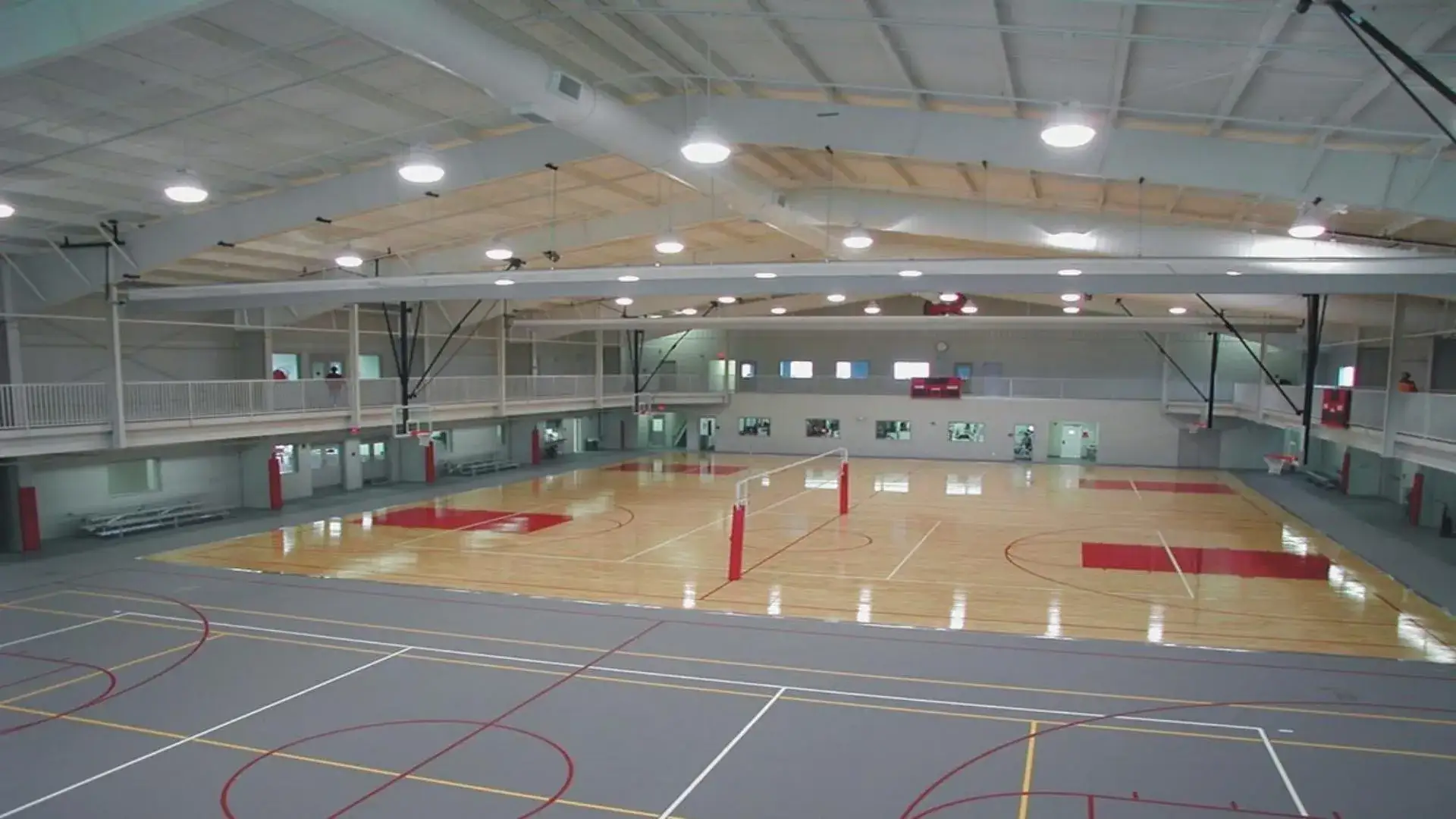What Does a Metal Building Warranty Cover?
-
Investing in a metal building is a significant commitment that offers a variety of benefits, including durability, low maintenance, and versatility. However, like any substantial investment, it's crucial to consider the warranty that comes with your metal building purchase. A warranty can provide peace of mind, protecting your investment against unforeseen issues. Understanding what a metal building warranty covers, how it functions, and the differences between various types of warranties is essential for making an informed decision. This guide aims to clarify the intricacies of metal building warranties, ensuring you know precisely what to expect when you purchase one.
1. Understanding Metal Building Warranties
A warranty is essentially a promise from the manufacturer or builder to stand behind their product. When it comes to metal buildings, warranties typically cover specific aspects of the structure, including materials and workmanship. These warranties can vary significantly depending on the manufacturer, the type of building, and the materials used. It's essential to read the fine print of any warranty agreement to fully understand what is included and what is excluded.
Types of Warranties
Metal building warranties can be categorized into several types, including:
Material Warranty: This covers the materials used in the construction of the building, such as steel, paint, and insulation.
Workmanship Warranty: This guarantees that the construction work performed by the builder meets certain standards and specifications.
Structural Warranty: This provides coverage for the overall structural integrity of the building.
Manufacturer’s Warranty: This covers specific components or systems, like roofing materials or doors, and is issued by the manufacturers of those products.
Understanding the distinctions between these warranties is crucial in determining what level of protection you have for your investment.
2. What is Typically Covered?
While the specifics of a metal building warranty will vary depending on the manufacturer and the specific terms, there are common elements that most warranties will cover. Let’s explore some of these key areas.
Materials Coverage
One of the primary aspects of a metal building warranty is the coverage of materials. This typically includes:
Steel Quality: The warranty should guarantee that the steel used in the building meets specific quality standards. Most warranties will cover defects in materials, such as rusting or corrosion, for a specified period, often ranging from 10 to 50 years.
Paint Finish: Many metal buildings come with a factory-applied paint finish. Warranties often cover fading, chipping, or peeling of the paint within a specified timeframe. This coverage can vary widely, with some warranties offering a full 25 years of protection against paint defects.
Workmanship Coverage
Workmanship warranties ensure that the installation and construction of your metal building meet industry standards. This may include coverage for:
Construction Errors: If there are mistakes made during the construction process, such as improper framing or structural deficiencies, a workmanship warranty can protect you from the costs associated with repairs.
Installation Issues: Any problems related to the installation of components, such as doors or windows, may also be covered. This is particularly important if you’ve hired a contractor for the installation.
Structural Coverage
Structural warranties are critical because they ensure that the overall integrity of the building is maintained. This typically covers:
Load-Bearing Elements: If any of the load-bearing components, such as columns or beams, fail due to defects in materials or workmanship, the warranty may cover repairs or replacements.
Stability and Safety: In the event of a structural failure due to manufacturing defects, the warranty may cover the costs associated with ensuring the building’s safety and stability.
Manufacturer’s Warranty for Components
In addition to the building itself, many manufacturers offer warranties for specific components, such as:
Roofing Systems: A metal building's roof is crucial for its overall performance. Manufacturers may provide separate warranties for roofing systems, covering leaks, material defects, or failures over a certain period.
Doors and Windows: Warranties for doors and windows may include coverage for defects in materials and functionality, ensuring that these components perform as intended.
-
3. What is Typically Excluded?
While warranties provide valuable coverage, it’s equally important to understand what is not covered. Here are some common exclusions you might find in a metal building warranty:
Negligence and Misuse
Warranties often exclude coverage for damages resulting from negligence or misuse of the building. For example, if the building sustains damage due to improper maintenance or failure to address minor issues, such as leaks, the warranty may not cover repairs.
Natural Disasters
Acts of God, such as hurricanes, floods, earthquakes, or severe storms, are typically excluded from warranty coverage. While metal buildings are known for their durability, catastrophic events can exceed the warranty’s scope.
Pest Damage
Damage caused by pests, such as termites or rodents, is generally not covered by warranties. Regular maintenance and inspections are essential for identifying and mitigating pest-related issues.
Normal Wear and Tear
Warranties usually do not cover normal wear and tear, which is an expected part of a building's lifespan. Issues arising from routine aging or fading of materials over time may not be eligible for warranty claims.
4. The Importance of Maintenance
To ensure that your metal building warranty remains valid, it's essential to adhere to maintenance requirements outlined by the manufacturer. Regular inspections and upkeep not only help preserve the integrity of the building but also safeguard your warranty coverage. Here are some maintenance tips to consider:
Regular Inspections
Conducting regular inspections allows you to identify potential issues before they escalate. Look for signs of rust, corrosion, or damage to roofing and siding materials. Addressing these problems early can prevent costly repairs and keep your warranty intact.
Proper Cleaning
Keeping your metal building clean is crucial for its longevity. Accumulated dirt, debris, and grime can lead to rust and deterioration. Regularly washing the exterior surfaces and ensuring that gutters are clear of blockages can help maintain the building's condition.
Addressing Minor Repairs Promptly
If you notice any minor issues, such as small leaks or loose fittings, addressing them promptly can prevent more significant problems from developing. This proactive approach demonstrates that you are maintaining the building and can help protect your warranty.
5. Filing a Warranty Claim
In the unfortunate event that you need to file a warranty claim, it’s crucial to follow the proper procedures to ensure a smooth process. Here are some steps to guide you through the claims process:
Review Warranty Documents
Before filing a claim, review your warranty documents carefully. Understanding the specific terms, conditions, and coverage limits will help you prepare for the claims process.
Document the Issue
When you identify a problem covered by your warranty, document it thoroughly. Take photos, note the date of discovery, and gather any relevant information regarding the cause of the issue.
Contact the Manufacturer or Builder
Reach out to the manufacturer or builder to initiate the claims process. Provide them with all necessary documentation and information about the issue. Be prepared for an inspection or assessment to determine the validity of the claim.
Follow Up
After submitting your claim, follow up to ensure it is being processed. Keep records of all communications and maintain a timeline of events for reference.
6. Conclusion
A metal building warranty is a valuable asset that can protect your investment and provide peace of mind. By understanding what is covered, what is excluded, and the importance of maintenance, you can maximize the benefits of your warranty. Remember to read the fine print, adhere to maintenance guidelines, and be proactive about addressing potential issues. In doing so, you will not only safeguard your investment but also enjoy the many advantages that a metal building has to offer. By taking these steps, you can ensure that your metal building serves you well for years to come.






